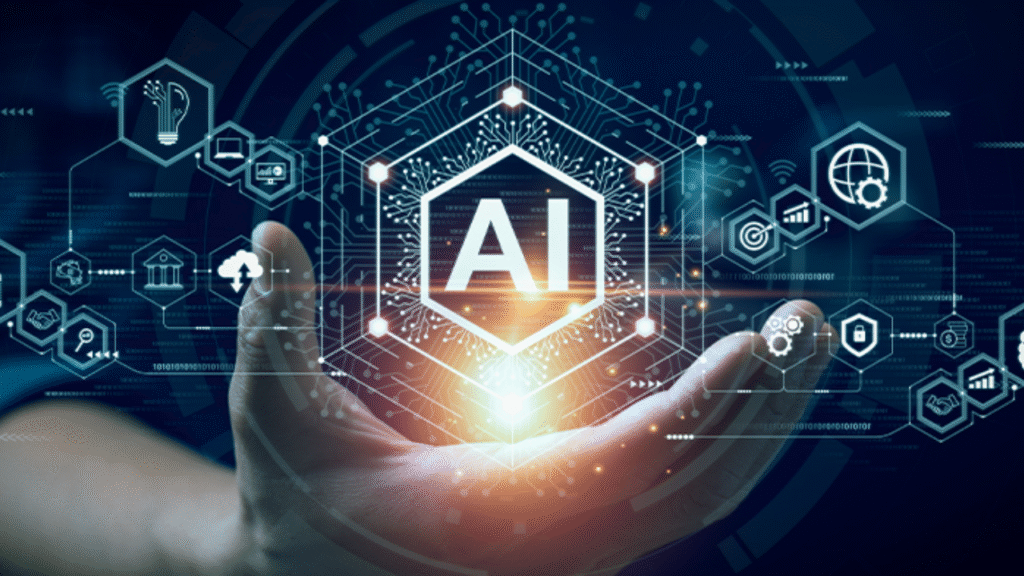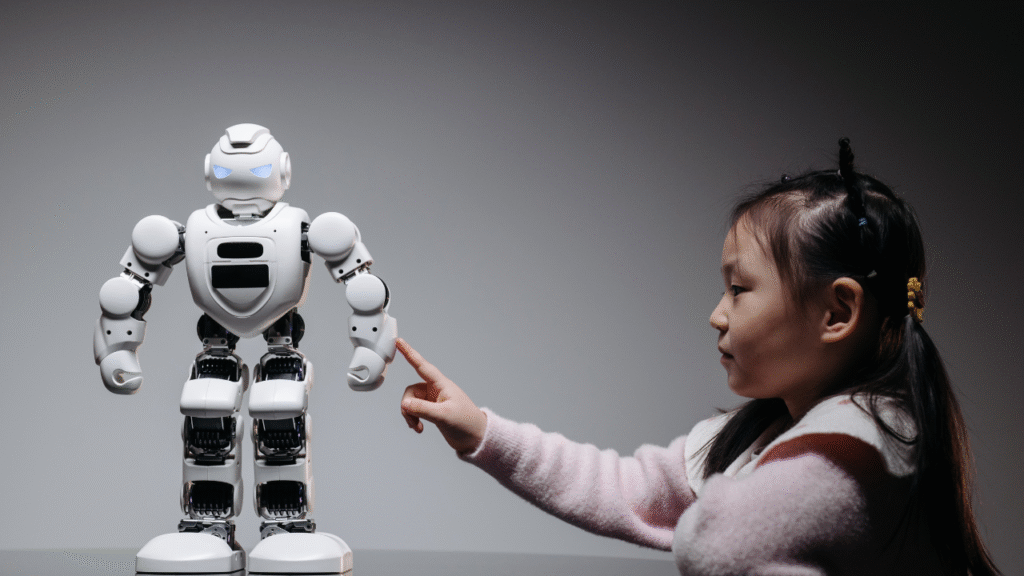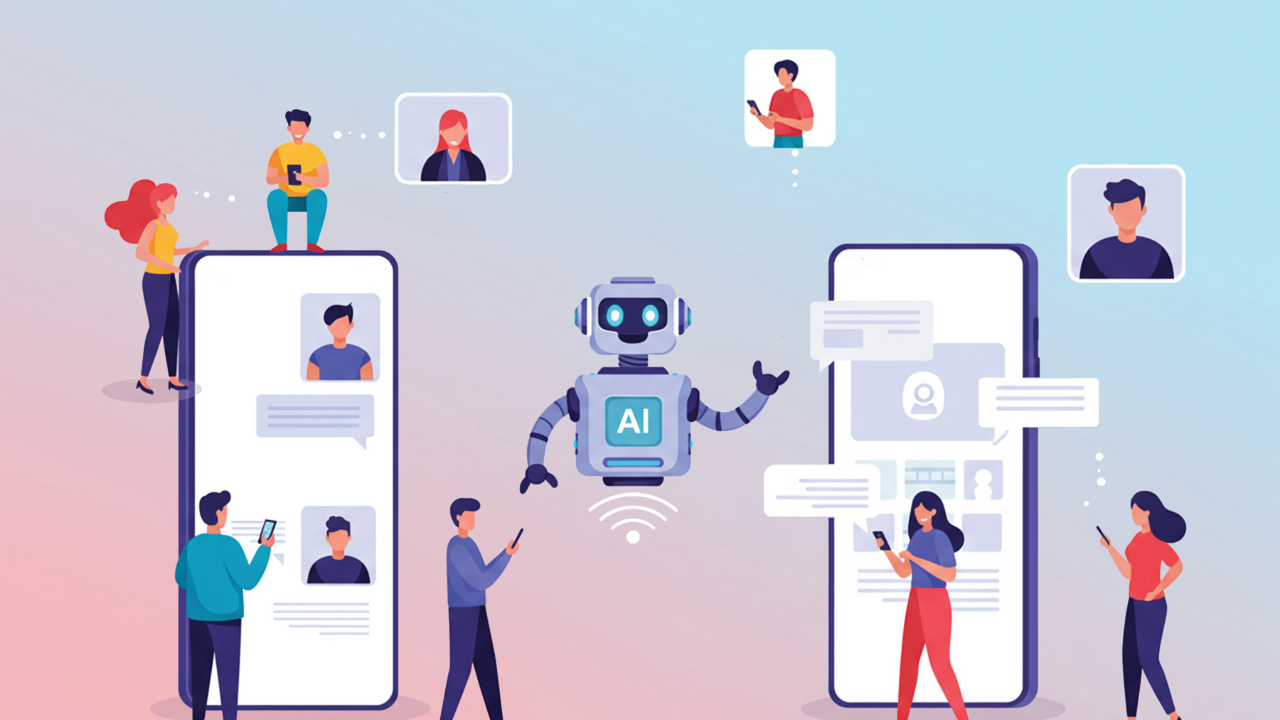Artificial intelligence (AI) is no longer just a buzzword or a scene from a sci-fi movie—it’s part of our everyday lives. Whether you're chatting with a virtual assistant, scrolling through personalized recommendations, or seeing self-driving car updates, you're experiencing the impact of AI models firsthand.
But what exactly are AI models? And how do they work? In this blog, we’ll break down the concept in a friendly, easy-to-understand way. We’ll explore how AI models learn, how they differ from one another, and how they are transforming industries all around us.
What are AI Models?
Simply put, AI models are computer programs trained to make decisions, solve problems, or understand data—just like a human would (but usually faster and at a larger scale). These models are at the heart of artificial intelligence systems.
An AI model takes input data, processes it using algorithms, and produces an output. That output could be a prediction, classification, translation, recommendation, or even a conversation.
Example:
Ever wondered how Netflix suggests shows you'll love? That’s an AI model analyzing your past behavior and comparing it with other users to make recommendations.

🔬 Types of AI Models
There are different types of AI models, each suited for specific tasks. Let’s take a look at the major categories:
1. Machine Learning Models
These models learn from data. The more data they get, the better they perform.
- Supervised learning: The model is trained on labeled data. (e.g., email spam filters)
- Unsupervised learning: The model finds patterns without labeled outcomes. (e.g., customer segmentation)
- Reinforcement learning: The model learns through trial and error. (e.g., game-playing AI)
2. Deep Learning Models
A subfield of machine learning, deep learning models use neural networks to simulate how the human brain works.
- Common in image recognition, speech-to-text, and autonomous driving.
- These models require large amounts of data and computing power.
3. Natural Language Processing (NLP) Models
These are specialized for understanding and generating human language.
- Used in AI chatbots, translation tools, sentiment analysis, and voice assistants.
- Examples include GPT, BERT, and LLaMA.
AI Chatbots: Your Digital Conversation Partners
Chatbots are some of the most familiar AI-powered tools today. They're used for customer support, personal assistants, and even creative writing.
Why are AI Chatbots Effective?
- They understand context and tone (thanks to NLP models)
- They can handle thousands of queries at once
- They are always available—21/7 support
Popular examples: ChatGPT, Google Bard, Microsoft Copilot
These systems are powered by large generative AI models that have been trained on massive datasets from books, websites, and conversations.

How AI Models Work
Training an AI model is like teaching a student. You give it data, ask it to make predictions, check if it got the answer right, and repeat until it learns.
The Process Usually Includes:
- Collecting data
- Cleaning and organizing the data
- Feeding the data into the model
- Evaluating performance
- Adjusting the model (fine-tuning)
The quality of an AI model depends heavily on the quality and quantity of data it is trained on.
Real-World Applications of AI Models
AI model applications are everywhere. Let’s look at how they’re revolutionizing different industries:
1. Healthcare
- Predict disease risks from medical records
- Analyze X-rays and MRIs faster than humans
- Personalize treatment recommendations
2. Business and Marketing
- Predict customer behavior
- Automate email campaigns
- Perform sentiment analysis on reviews
3. Transportation
- Power self-driving car systems
- Optimize delivery routes
- Improve traffic flow predictions
4. Finance
- Detect fraud in real-time
- Make trading decisions
- Automate financial advice (robo-advisors)
5. Entertainment
- Recommend music, movies, and games
- Create art, music, and writing using generative AI
- Personalize user experiences on platforms like Spotify and YouTube

AI Models in Everyday Life
Even if you’re not in tech, AI is probably part of your daily routine. From unlocking your phone with facial recognition to asking Siri to set an alarm, AI models are constantly working in the background.
Some Common Uses:
- Virtual shopping assistants
- Smart home devices (Alexa, Google Home)
- Language translation apps (Google Translate)
- Social media feed algorithms
These tools are getting better every day, thanks to ongoing improvements in AI model training.
Challenges of AI Models
As impressive as they are, AI models have their limitations.
Common Challenges:
- Bias in data: If the data used is biased, the model will be too.
- Lack of transparency: Many AI models (especially deep learning ones) work like “black boxes.”
- Privacy concerns: Data used in training can sometimes include sensitive information.
- Energy consumption: Training large models uses significant energy.
Ethical development and regulation are key to building trustworthy AI systems.

The Future of AI Models
The field is evolving fast. We’re moving toward more efficient, responsible, and explainable AI. Here’s what to expect:
Upcoming Trends:
- Smaller, faster models that run on personal devices
- Open-source AI to promote transparency and collaboration
- AI model customization for personal or business needs
- AI safety research to reduce misuse or harmful outputs
In short, AI models will be smarter, safer, and more accessible.
Final Thoughts
AI models are transforming how we live, work, and interact. From chatbots to complex algorithms that analyze medical scans or drive cars, these systems are everywhere. By understanding what AI models are and how they work, we can better appreciate their power and potential.
So the next time your playlist knows your mood, or your email drafts itself, you’ll know exactly who to thank: a smart, trained AI model working quietly in the background.







